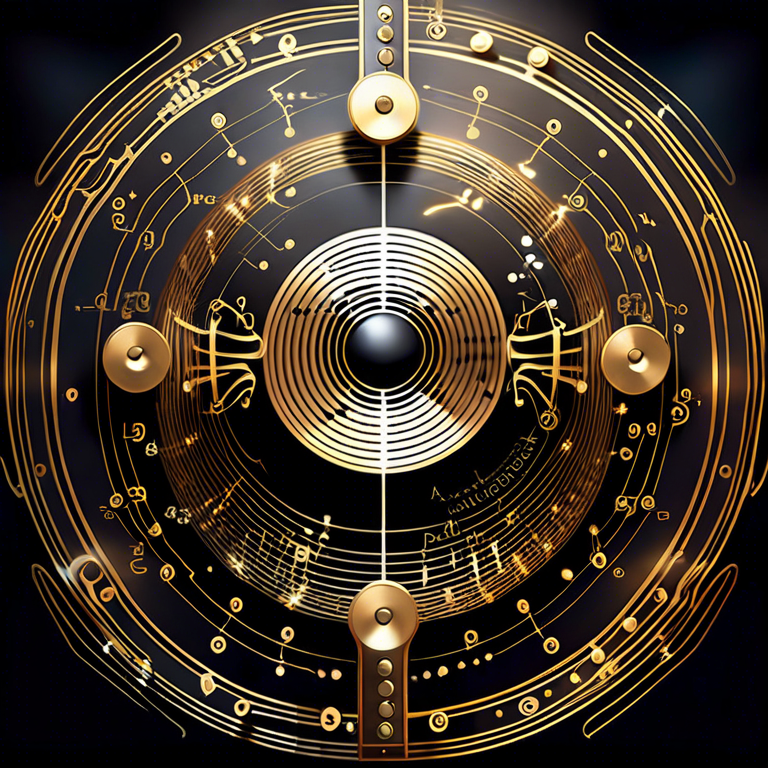Music and cryptography share a fascinating intersection that not only spans several centuries but also ties into the very fabric of how we communicate securely and express creativity. This article delves into the intriguing world of music cryptography, a domain where notes and chords serve as more than just a medium for melody—they become the keys to unlocking hidden messages. From the historical instances of using musical notations as codes to the modern implications in digital rights management, we unwrap the layered complexity of this auditory puzzle.

Sonic Codes: The Historical Context
Music cryptography, or the practice of hiding messages within music, is not a novel idea. It has roots stretching back to the Renaissance and Baroque periods when composers like J.S. Bach and Wolfgang Amadeus Mozart dabbled in musical ciphers. These cryptic compositions often served dual purposes—offering both aesthetic pleasure and conveying secret communications. The technique involved assigning letters to musical notes, allowing composers to spell out words across their scores, masking messages in plain sight.
One of the most famous examples of a musical cipher is the B-A-C-H motif, where the notes B flat, A, C, and B natural spell out the composer’s name in German music notation. This personal signature, utilized by Bach and others, represents an early form of sonic cryptography, where the lines between music and message blur.
Encryption in Harmony: Modern Applications
Today, the concept of embedding messages in music has evolved with technology. In digital format, sonic ciphers can protect copyrighted material or securely transmit information by altering frequencies or embedding data within audio files—a method known as steganography. This technique doesn’t alter the music perceptibly to the human ear but hides data within the audio spectrum, showcasing how cryptography and music continue to merge.
Additionally, modern composers and sound artists experiment with algorithmic compositions, where cryptographic concepts influence the creation of music. This can range from using specific encryption methods to generate musical sequences to creating pieces that can only be fully appreciated when the listener decodes an underlying puzzle.
Deciphering the Music: Creative Expressions and Hidden Messages
Understanding and appreciating the complexities of music cryptography involves recognizing how composers use this technique to embed secret messages. This requires a keen ear, a deep understanding of musical theory, and, at times, a knowledge of the encryption methods themselves. These hidden messages can serve various purposes—be it a declaration of love, a political statement, or simply an intellectual exercise.
The challenge and allure of deciphering these messages add an extra layer of engagement for the audience, offering a unique experience that bridges the auditory and the intellectual. For instance, uncovering the coded messages in Shostakovich’s compositions or finding the Easter eggs hidden in contemporary works by artists like Aphex Twin invites listeners into a multidimensional experience that transcends music.
In conclusion, the realm of music cryptography showcases the powerful and versatile nature of music as both an art form and a medium for cryptographic communication. From the historic practices of composers encoding messages into their works to the modern-day applications in digital rights management and beyond, this interdisciplinary crossover speaks volumes about our unending quest for innovation in expression and communication. As technology continues to evolve, so too will the ways in which we intertwine music and cryptography, promising a future where the melodies we enjoy carry more than just emotional resonance—they bear the weight of concealed wisdom and whispers of hidden truths.

